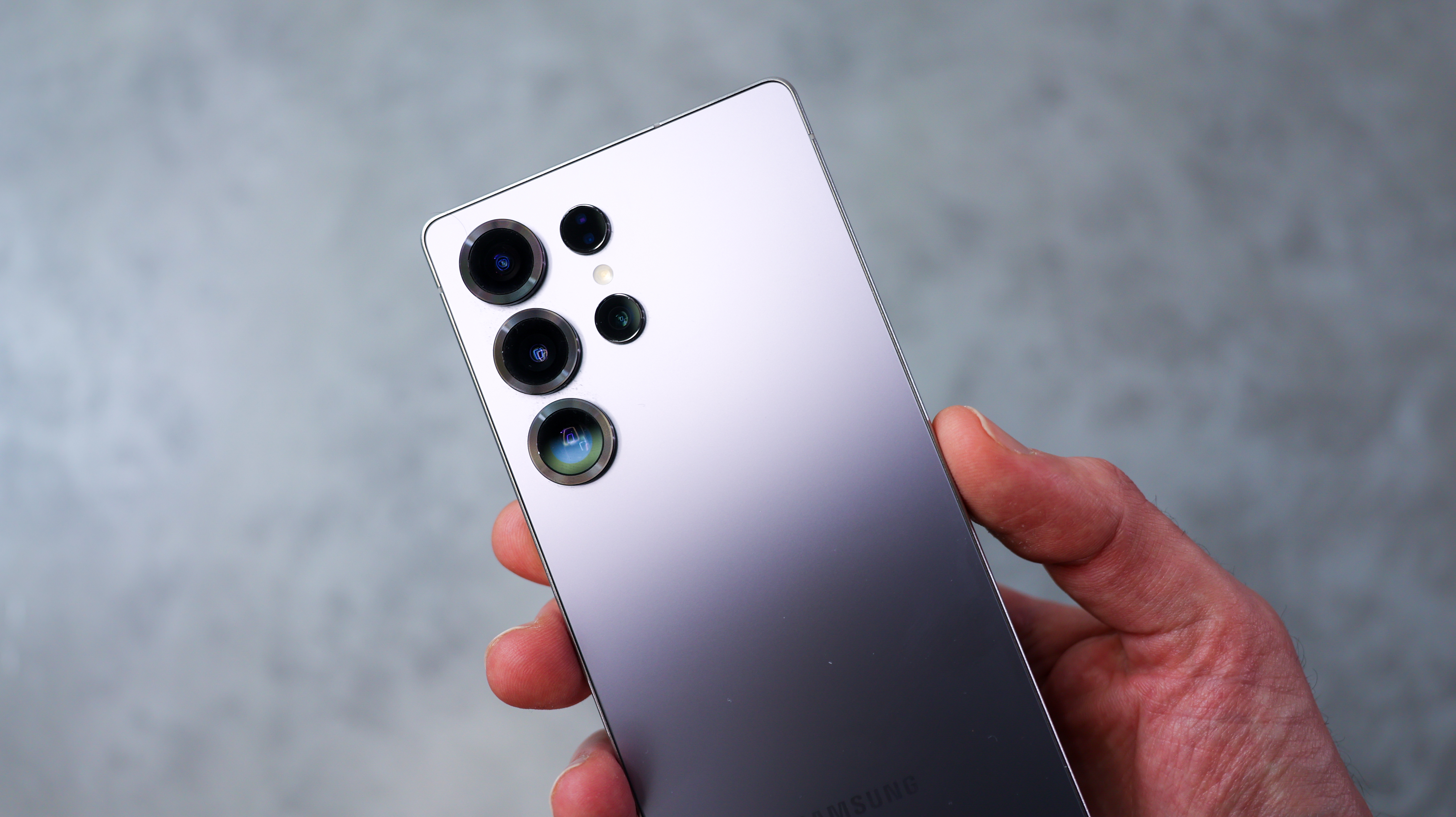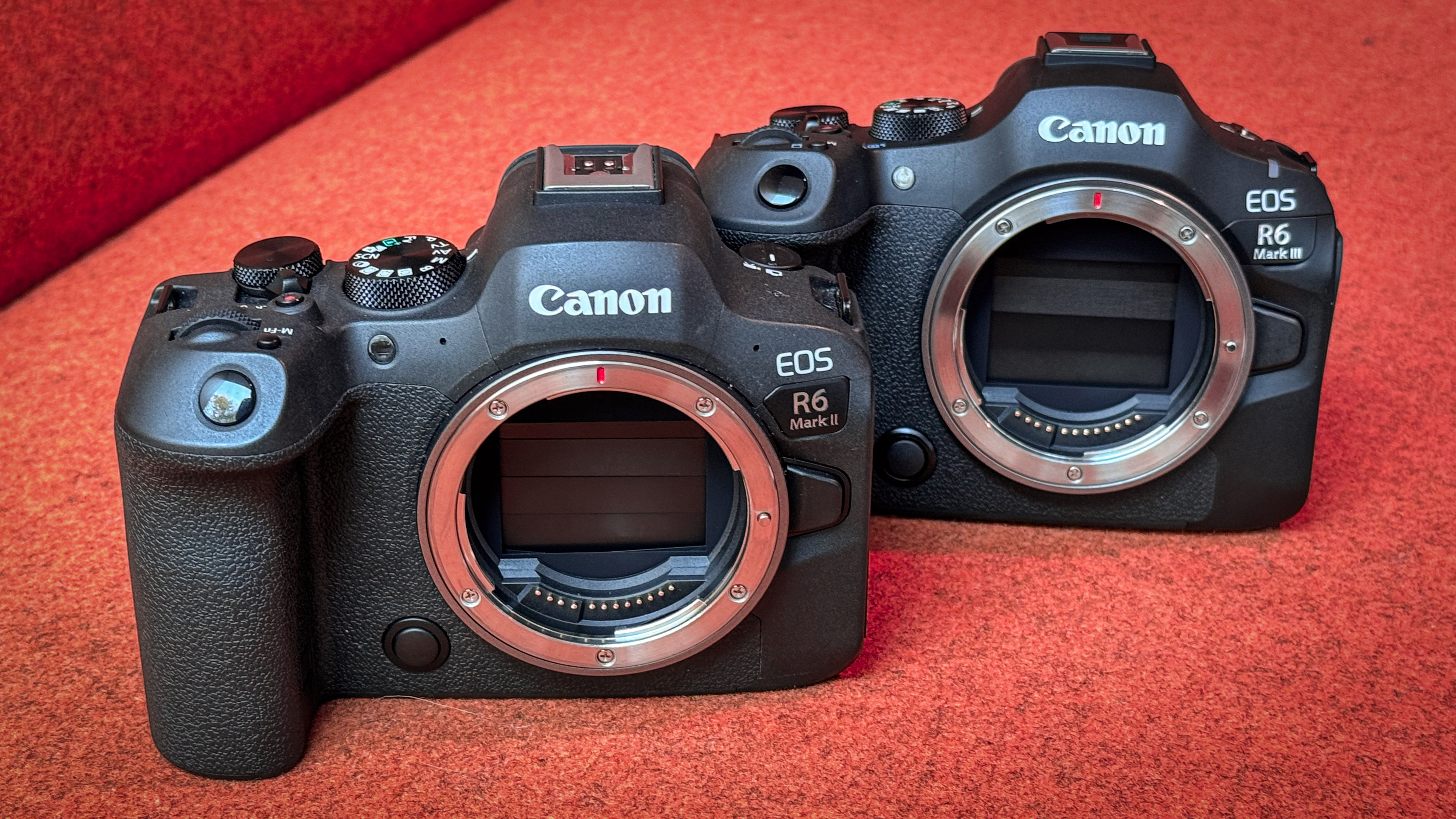Samsung celebrates 15 years of Galaxy S: we look back at what's made Galaxy the benchmark for Android camera phones
Recent Galaxy S-series phones may be short on innovation, but we shouldn't forget just how far Samsung's flagship phones have come since the original Galaxy S in 2010
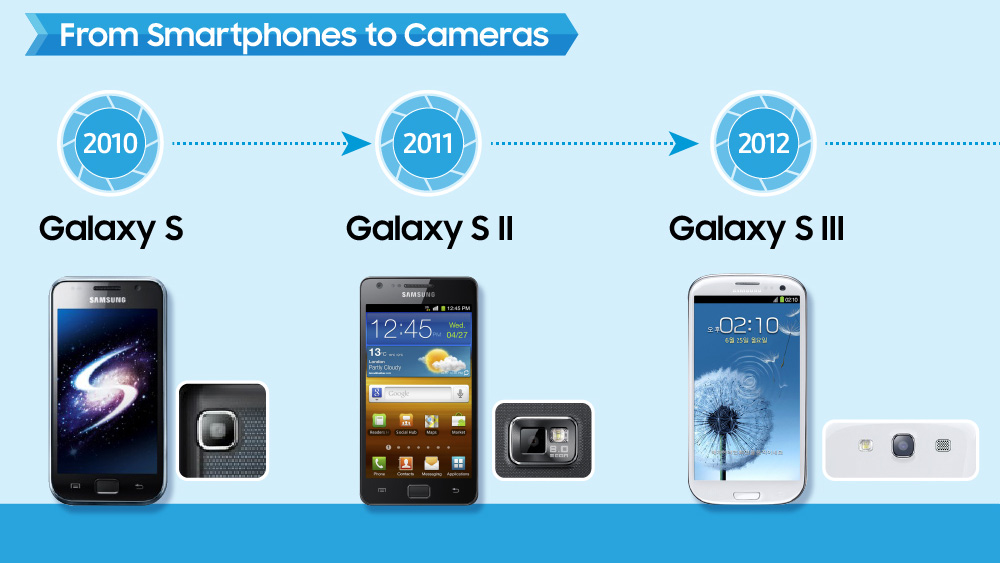
Samsung is celebrating 15 years of Galaxy camera phones. These days the ubiquity of camera phones makes it all too easy to take for granted the incredibly powerful cameras we all have in our pockets, but wind the clock back only to 2010 and the camera phone landscape was very different, if arguably more exciting.
This period marked a turning point in how we define a typical 'camera'. Where in the 2000s the conventional compact camera was king, it was around 2010 when the camera phone became a genuine threat to the dominance of the typical 'point-and-shoot'. Of course, there were plenty of camera phones prior to 2010, but for the most part their cameras were too basic to be considered a viable alternative to a 'proper' camera. Even early iPhones, as innovative as they were in some areas, weren't renowned for having particularly sophisticated camera hardware. It wasn't until 2010's iPhone 4 (and particularly the following 4s) when Apple really stepped up the iPhone's photographic game, and terms like iPhoneography started to enter the popular vernacular.
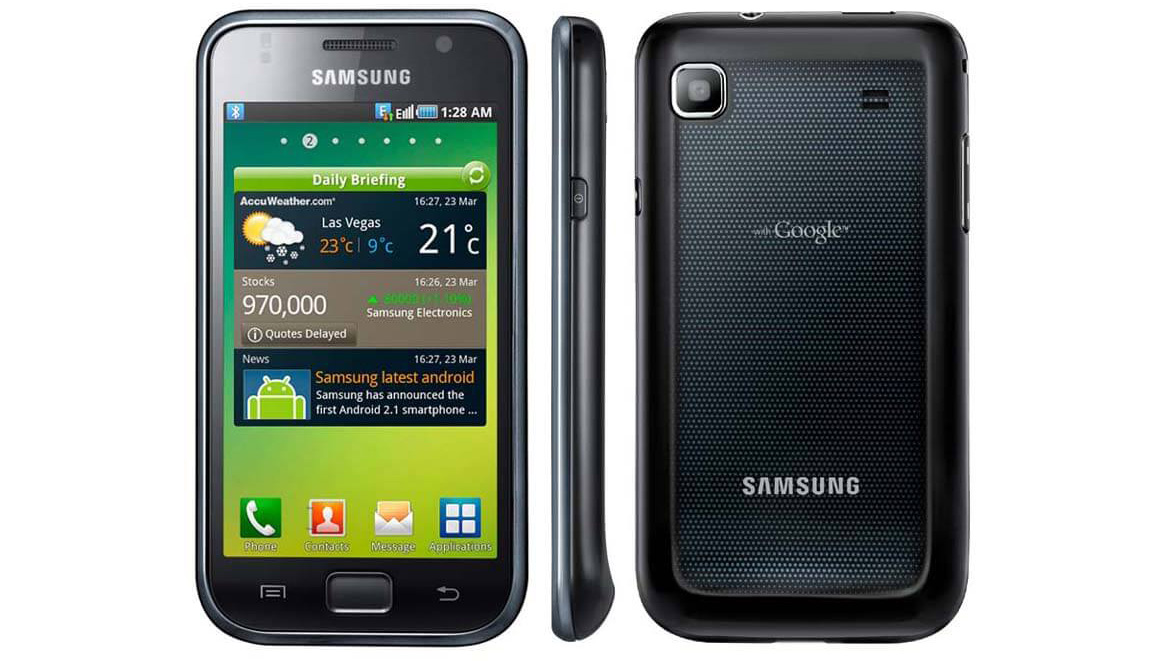
Over in the Android camp and 2010 marked the release of the Samsung Galaxy S - the first Galaxy S phone, and only the second Samsung phone to ever receive the Galaxy nameplate. This was also one of the first Samsung phones to run Android - in this case, Android 2.1 Éclair. This was the era when each new Android versions wasn't just numbered, it was also given a name, with the theme always being sweet treats.
There were a few Android-based Samsung camera phones prior to the Galaxy S, as well as some Windows-based handsets, but for the most part Samsung's touchscreen phones ran on the company's proprietary TouchWiz UI (my own phone at the time was a Touchwiz-driven Samsung S8000 Jet).
The I9000 Galaxy S, to give it its full name, featured a 5 megapixel rear-facing camera with autofocus and could record 720p video at 30fps. Humble beginnings, but just a year later and the Galaxy S II bumped resolution to 8MP, added 1080p video capability and introduced an LED flash, thereby bringing the camera phone within striking distance of average compact cameras of the era, which tended to be around 10-12MP.
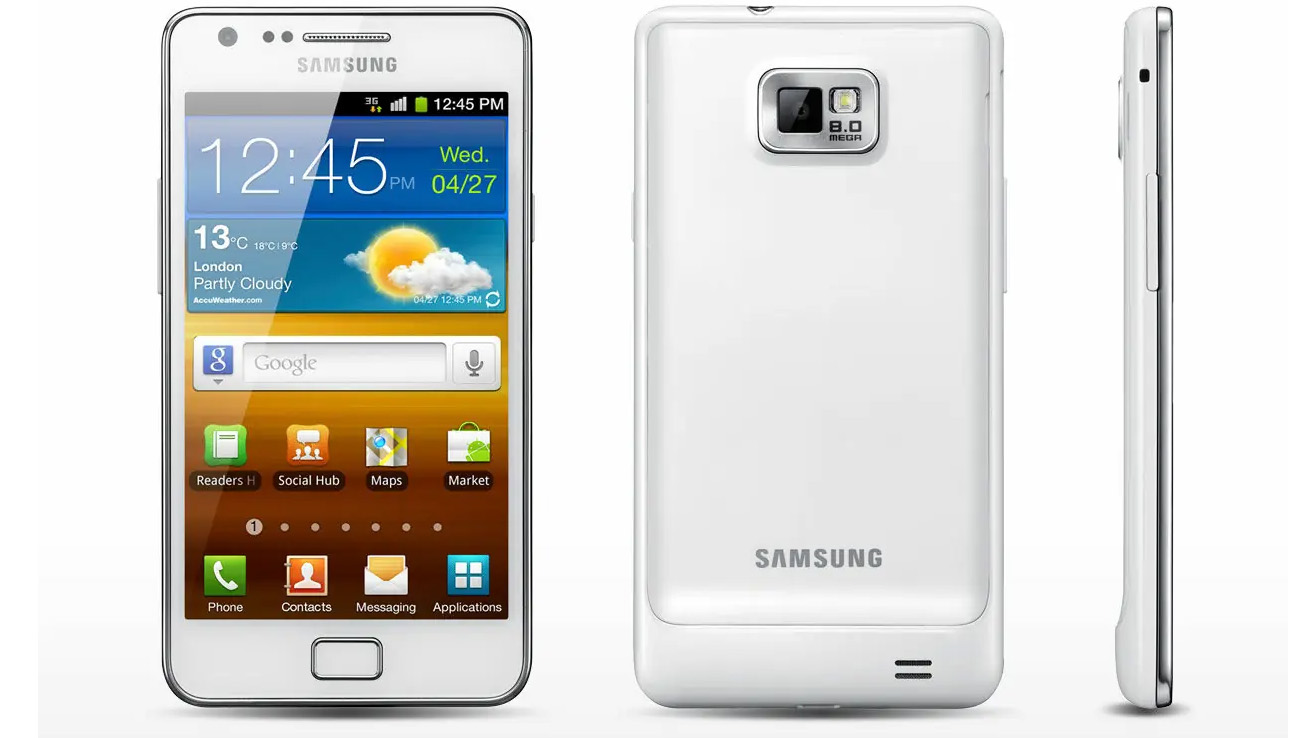
Come 2013 and the writing was well and truly on the wall for the compact camera. Not only did the Galaxy S4 feature a 13MP sensor, which was also almost as large in size as a typical 1/2.3-inch compact camera sensor; that same year Samsung took its most blatant swipe at the legacy camera industry yet, in the form of the Galaxy S4 Zoom:
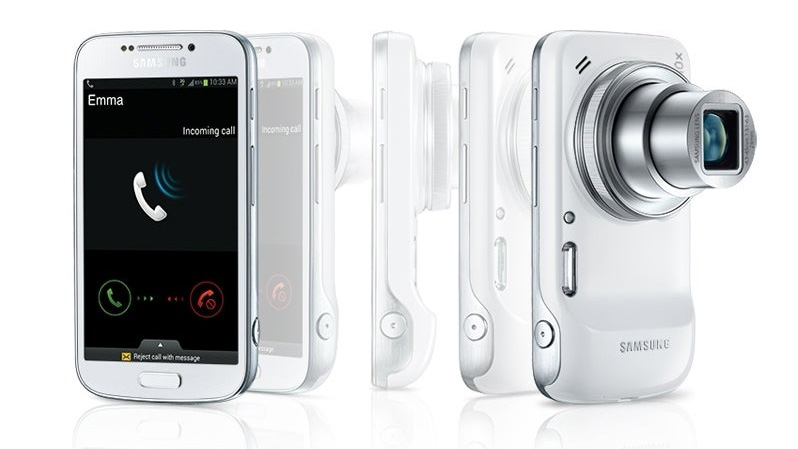
This was a true phone/camera hybrid, featuring a 16MP 1/2.3-inch image sensor that could genuinely compete with what Canon and Nikon had in their contemporary PowerShot/Coolpix line-ups. But the big selling point here was the S4 Zoom's camera lens, with its 24-240mm focal range giving 10x optical zoom. Add the sculpted rear panel, a proper shutter button, and even a high-power Xenon flash and the S4 Zoom, along with phones like the now-legendary Nokia 808 PureView from 2012, defined what I would argue was the most exciting time in the camera phone sector. Unlike today, when each new generation of Galaxy S or iPhone is essentially the same as the last, in 2013 there was real innovation: it was now clear that the camera phone was on its ascent, and we could only wonder at how high it would go on its rise to dominance.
The best camera deals, reviews, product advice, and unmissable photography news, direct to your inbox!
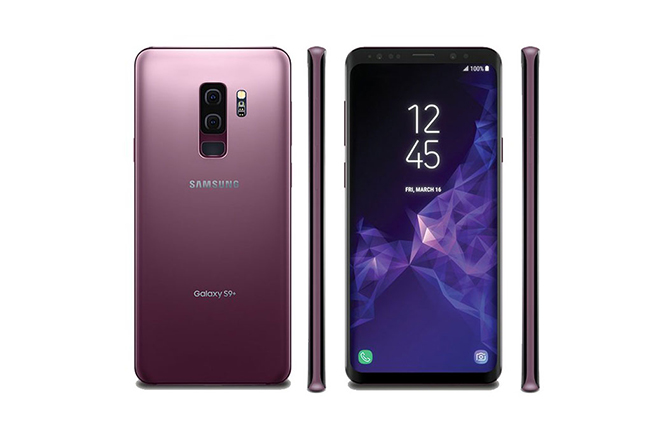
Fast forward to 2018 and the Galaxy S9+ introduced dual rear facing cameras - the standard wide-angle module, flanked by a telephoto module giving 2x optical zoom. In 2019 the S10 increased the rear-facing camera array to 3 modules, with the inclusion of an ultra-wide snapper. A year later Samsung stunned us by equipping the S20 Ultra with a 108MP sensor for its primary camera. And not content with winning the megapixel war, it upped the ante still further in 2023 when it dropped the 200 megapixel ISOCELL HP2 sensor in the Galaxy S23 Ultra.
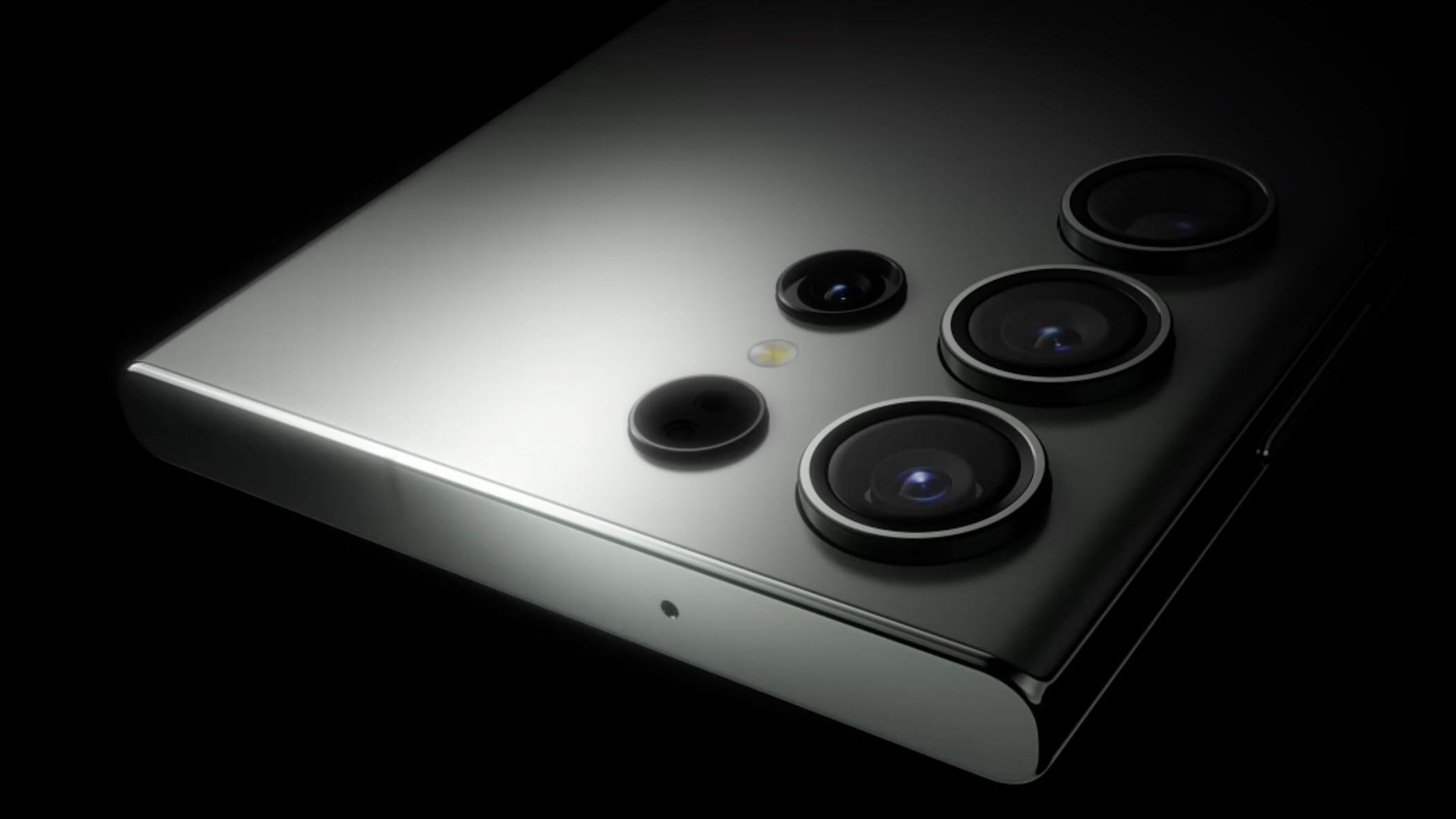
By setting the camera hardware bar so high, it probably shouldn't have come as a surprise that the subsequent S24 Ultra and S25 Ultra haven't delivered anywhere near the same wow factor, at least in terms of hardware, instead relying primarily on AI to improve image quality. While camera purists like myself may lament this apparent stagnation of camera hardware, there's no denying the incredible power of AI, from subject recognition to image quality enhancement at extra-long focal lengths.
While the camera phone is inevitably advancing at a slower rate than in the early 2010s, we shouldn't take for granted what an incredible 15 years it's been for the camera phone industry.
Ben is the Imaging Labs manager, responsible for all the testing on Digital Camera World and across the entire photography portfolio at Future. Whether he's in the lab testing the sharpness of new lenses, the resolution of the latest image sensors, the zoom range of monster bridge cameras or even the latest camera phones, Ben is our go-to guy for technical insight. He's also the team's man-at-arms when it comes to camera bags, filters, memory cards, and all manner of camera accessories – his lab is a bit like the Batcave of photography! With years of experience trialling and testing kit, he's a human encyclopedia of benchmarks when it comes to recommending the best buys.
You must confirm your public display name before commenting
Please logout and then login again, you will then be prompted to enter your display name.
